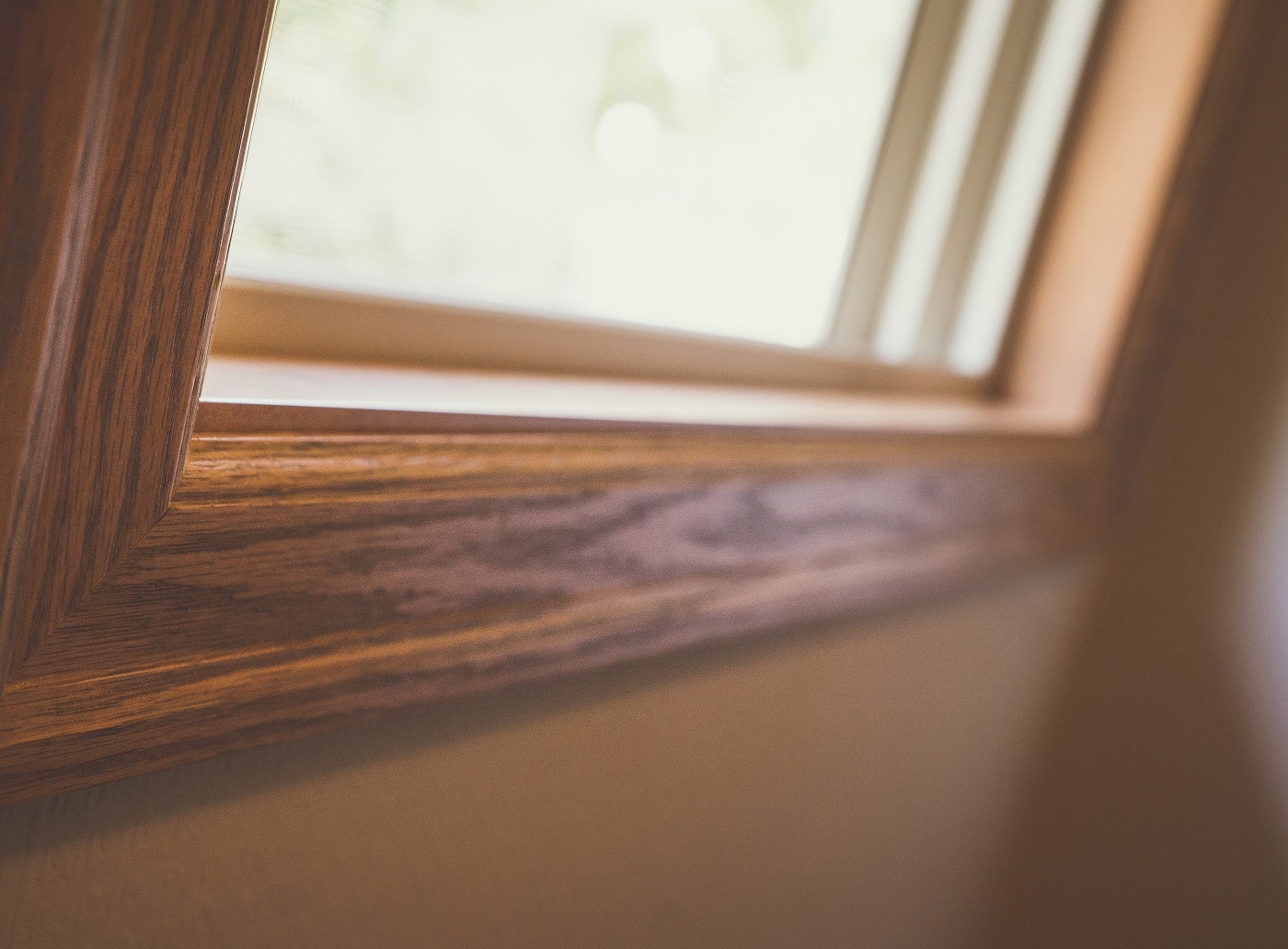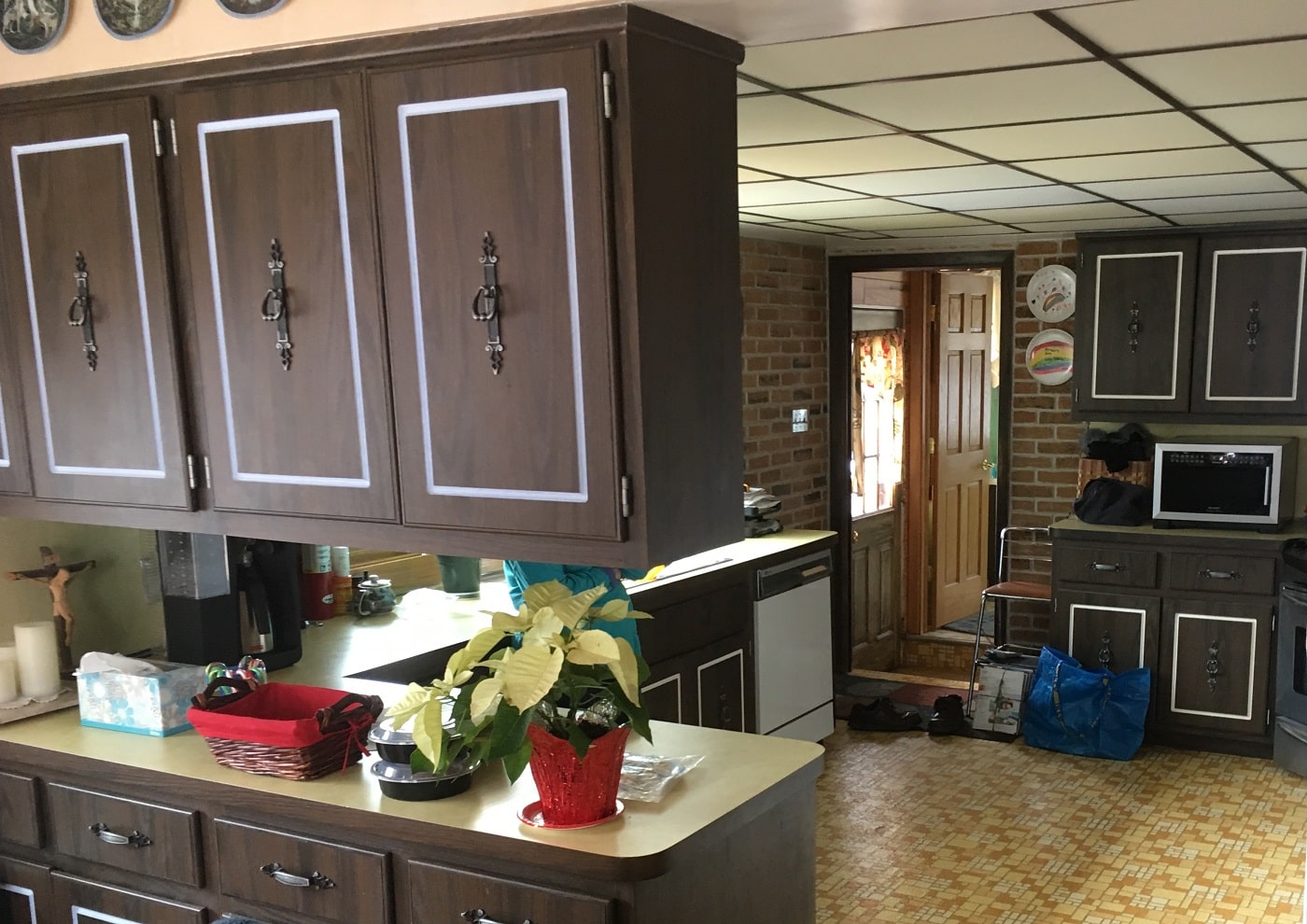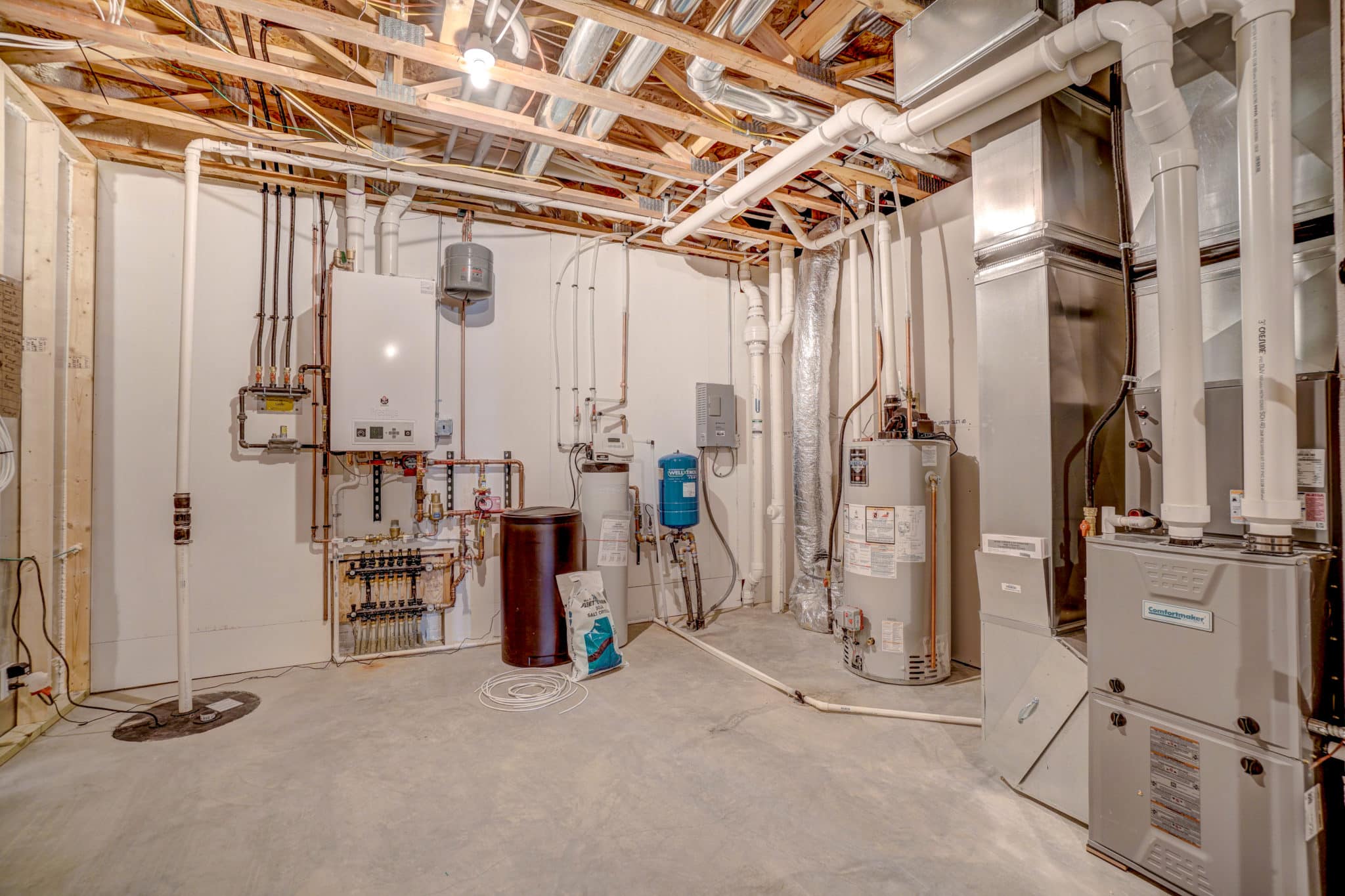How Clean is the Air in Your Home?
Did you know that the Environmental Protection Agency estimates indoor air quality in your home or workplace can be two to five times more polluted than the air outdoors? Even more scary is that indoor air quality can be attributed to 50% of illness globally each year. Indoor air pollution is in the top five environmental risks according to the EPA. Considering Americans spend 22 hours per day indoors this should be alarming to everyone.
That being said, the most effective ways to increase indoor air quality are source control, ventilation improvements, and air cleaners to pull out the pollutants
Fast Facts from the EPA About Indoor Air Quality:
-
- The average American breathes 3,400 gallons of air each day
- 85% of Americans are not aware the air inside them home maybe worse than outdoors
- 10% of Americans have never changed their filter in their heating and cooling units
- 1 out of 15 Americans homes are dangerously high in radon levels
- Only 27% of Americans have carbon monoxide testers in their home
25% of Americans do not have concern about indoor air quality
Learn How the Right Combination of Insulation & Ventilation Contribute to Your Home’s Indoor Air Quality:
Telltale Signs your Indoor Air Quality is Being Jeopardized:
- Unusual and noticeable odors
- Dirty heating and cooling equipment
- Presence of mold, mildew & pollen
- Stale & stuffy air
- Excessive humidity
- Feeling better when leaving your home or workplace

Sources that Put Your Indoor Air Quality at Risk
- Biological Pollutants: mold, mildew, dust mites & animal dander
- Combustion Products: carbon monoxide, unvented space heaters, oven or stoves
- Formaldehyde: draperies, particle board or adhesives
- Radon: from radioactive soil around your home or workplace
- Asbestos & Lead: from insulation or lead-based paint
- Pesticides: fumes from spraying or product being store incorrectly
- Fluorescent Lights: if broken, can emit small amounts of mercury

Health Effects From Indoor Air Pollution Can be Immediate or Take Years to Surface
Immediate effects:
- Irritation of your eyes, throat & noses
- Headaches
- Dizziness
- Fatigue
Long-term effects:
- Respiratory disease
- Heart disease
- Cancer

By controlling the source of your indoor air quality issue, increasing the ventilation in your home and using air cleaners you will be increasing the health of your family, friends and employees. Here are ways to control your indoor air quality:
- Clean or change your air filters regularly
- Adjust your humidity levels to be around 45%
- Be sure your combustion appliances (stoves, fireplace, furnace & water heater) are venting properly out of your home
- Have your appliances serviced regularly
- Open your windows on a dry day
- Use organic cleaners to avoid VOC’s (volatile organic compounds) being released
- Have mold removed from your home by a professional
For more information about how our services can help you create a home with good indoor air quality, contact us today. Our team of professionals is ready to serve you.
